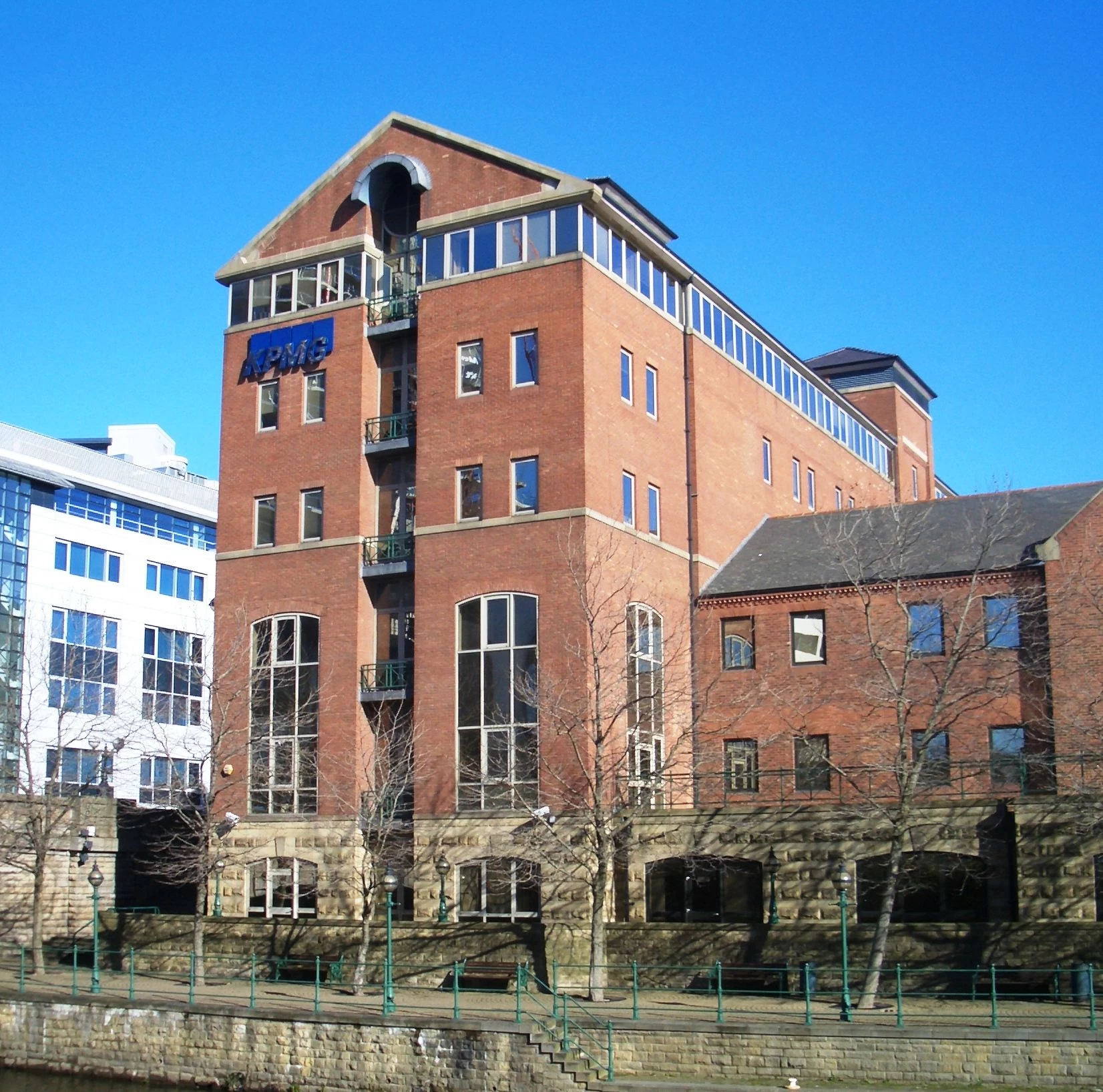
Partner Article
Banks go back to black but financial threats remain
Leeds-based KPMG is today reporting that the UK’s banking industry is getting back on track - with all five major brands showing profit for the first time in three years.
However, the auditor is warning that real threats and uncertainties remain in a vastly different banking sector which offers consumers less choice.
For the first half of the year, the major players - Barclays, HSBC, Lloyds Banking Group, RBS and Standard Chartered- have a combined profit of around £16.5 billion, have shown modest lending growth and falling impairments. This suggests that, following the recent financial crisis, the banking sector is now getting back on track.
However, KPMG, which employs over 700 people in Leeds city centre, also reveals that, despite this positive news, the emerging banking industry is very different to that which consumers may have been used to prior to the recession with its research suggesting bank business models having changed drastically.
KPMG’s Bank Performance Benchmarking Report looks at the key trends in the first half results of the big five UK headquartered banks and warns that, despite this better performance, real threats and uncertainties remain.
Whilst overall lending was up - including mortgage lending up by 0.8% or £5 billion - and customer deposits grew by 6% or £135 billion during the period, Return on Equity (ROE) remains in single digits and has roughly halved compared to 2005 levels - from almost 20% to under 10% – and this looks unlikely to change in the short-term. This is accentuated by the fact that average capital ratios have increased from 11.4% to 12% so banks are safer but much less profitable per shareholder pound.
Bill Michael, EMA head of financial services at KPMG, said: “While it is great that the most recent bank results are in the black, there remains real uncertainty on the shape of their business models in the future. We have reached an inflection point. Capital requirements are going to put huge pressure on banks to deleverage. The fear is that we will end up with a UK banking sector with very narrow choice, where individuals will not be able to get the products they need. We have to get the balance right between prudence and growth.”
Almost 20% of first half statutory profits were wiped out by the continuing need to set money aside against PPI claims (£2.3bn) and interest rate hedging products (£700 million). The need to make cost and efficiency savings is also restraining performance, with £1.9bn spent on integration and restructuring costs during the first half of 2013. Over the last two and a half years, the total costs of remediation and litigation amongst the top five banks equates to 45% of total profit before tax.
Bill Michael added: “Clearly we are witnessing a sector that is going through rehabilitation. The banks are working very hard to change what they do and how they do it. Only when they are fully rehabilitated will they get full access to the top table of economic discussion and debate – and only then will there be a fully coherent strategy for banking and economic growth. In the meantime, the future is looking a little brighter for the banks, but is still heavily tinged with uncertainties and threats.”
This was posted in Bdaily's Members' News section by Anna Addison .
Enjoy the read? Get Bdaily delivered.
Sign up to receive our popular Yorkshire & The Humber morning email for free.








 How to make your growth strategy deliver in 2026
How to make your growth strategy deliver in 2026
 Powering a new wave of regional screen indies
Powering a new wave of regional screen indies
 A new year and a new outlook for property scene
A new year and a new outlook for property scene
 Zero per cent - but maximum brand exposure
Zero per cent - but maximum brand exposure
 We don’t talk about money stress enough
We don’t talk about money stress enough
 A year of resilience, growth and collaboration
A year of resilience, growth and collaboration
 Apprenticeships: Lower standards risk safety
Apprenticeships: Lower standards risk safety
 Keeping it reel: Creating video in an authenticity era
Keeping it reel: Creating video in an authenticity era
 Budget: Creating a more vibrant market economy
Budget: Creating a more vibrant market economy
 Celebrating excellence and community support
Celebrating excellence and community support
 The value of nurturing homegrown innovation
The value of nurturing homegrown innovation
 A dynamic, fair and innovative economy
A dynamic, fair and innovative economy